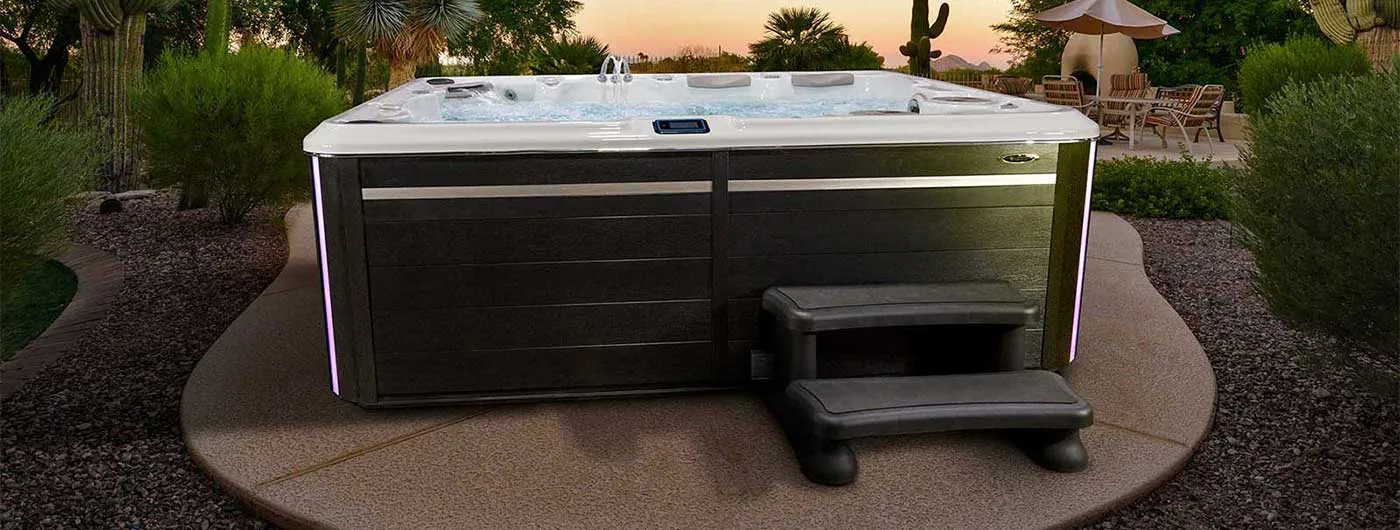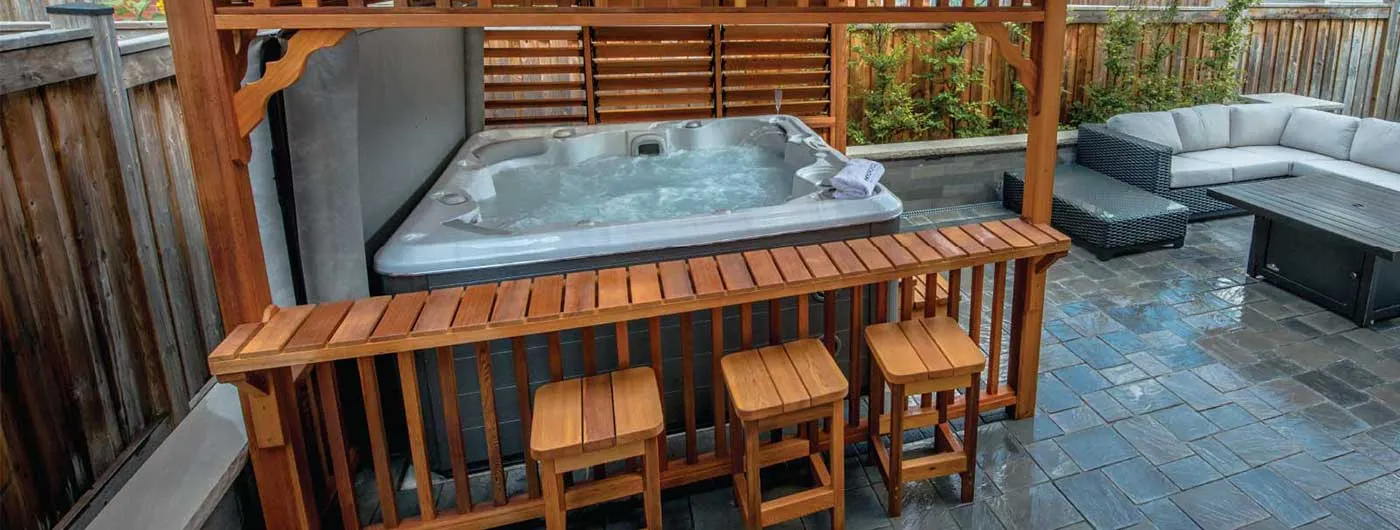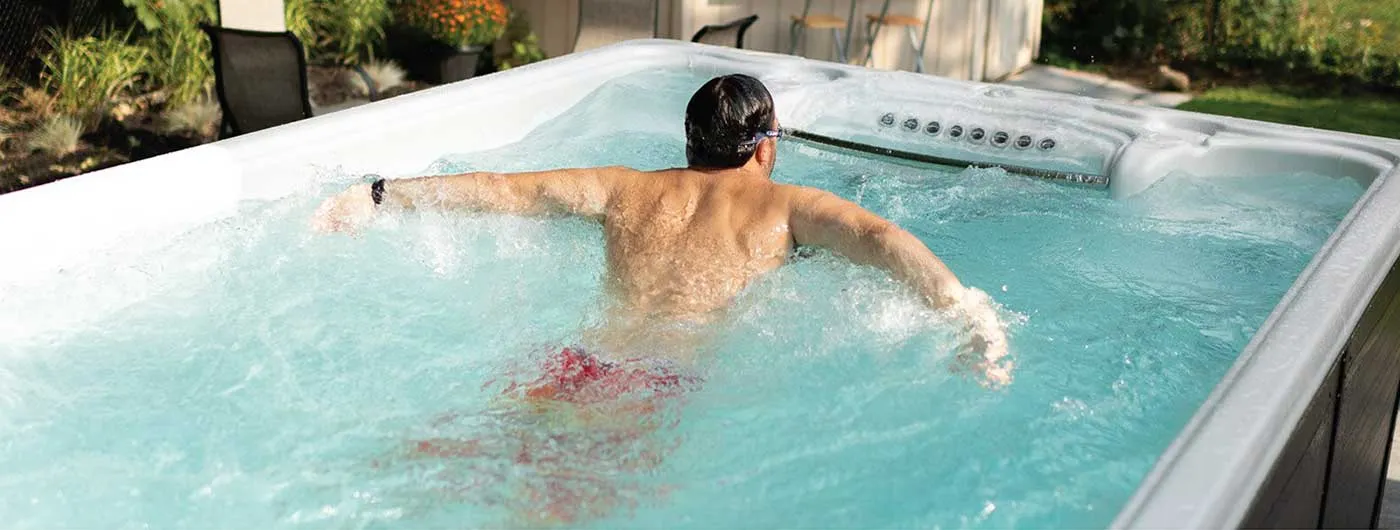For a swimming fanatic, there are few things in the world that are more freeing than being able to step out of your house and jump into the water. The ability to swim whenever you want without having to worry about pool hours or transportation to and from the pool is a swimmer’s dream. But what about taking it one step further by being able to swim in your basement? And while you might not have space for a full-sized indoor swimming pool, there’s always the possibility of a swim spa. Can you put a swim spa in the basement? Aside from a few logistical considerations, there’s no reason why. In this article, we’ll go over some of those considerations to help make a basement swim spa a reality for you.
Access
At the beginning, the main thing you should consider is whether you can get the swim spa into your basement. You don’t want to get it stuck on the stairs with no way to get down or back up. Comparing the dimensions of your swim spa with the measurements of the path to your basement is crucial. Doorway sizes, ceiling clearances, and tight corners should all get detailed attention.
Drainage
No matter how careful everyone is, water is going to get spilled onto the floor. For this reason, and for the instances where you need to empty your swim spa, proper drainage is a must. The drain should definitely be in the same room as the swim spa. In fact, the location of any basement drains will likely dictate where the swim spa should be installed. You’ll also want your floor graded to allow water to easily flow towards the drain without any obvious pooling.
Ventilation
An indoor swim spa will create a lot of humidity. This will only be increased if you’re installing the swim spa in your basement. There’s also the possibility of a chlorine smell that you probably don’t want wafting throughout your entire house. For this reason, proper ventilation is necessary. A strong exhaust fan coupled with a ceiling fan can help keep the air circulating and prevent excessively humid conditions.
Floor
A concrete basement floor can make an ideal base for the weight of a swim spa. However, you also want a flooring material that prevents the absorption of water while providing a slip-free surface. This could simply mean sealing the concrete with a floor sealant or laying down another flooring material such as tile or rubber.
Walls and Ceiling
Again, humidity caused by the swim spa can wreak havoc on the structure of the house if not properly contained. You’ll want to install a vapour barrier along the walls and ceiling of the room containing the swim spa. This is typically a thick plastic sheeting that’s sealed to be airtight, but there are also those who have used a waterproof polyurethane spray foam This will protect wooden beams, joists, and studs as well as the insulation from humidity. Any drywall that’s installed will also need to be waterproof. Doing this job properly will protect against humidity problems such as wood rot, mold, and mildew.
Swim Spa Cover
Even though you might not need to be worried about leaves, insects, and other debris falling into an indoor swim spa, you should still employ a properly fitting cover whenever the swim spa isn’t in use. This will minimize evaporation, decrease the room’s humidity, and reduce the likelihood of condensation. Conscientious use of the swim spa cover will greatly reduce problems that are often associated with high humidity and allow you to rely less on air ventilation systems to keep the humidity levels in check. To learn more about swim spa installation requirements, download a free buyer’s guide here.






